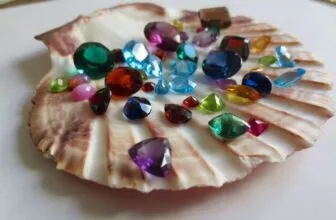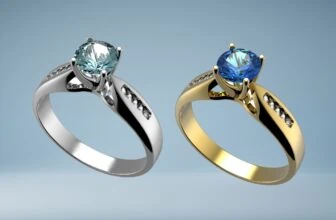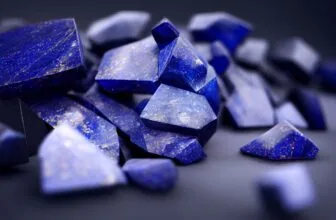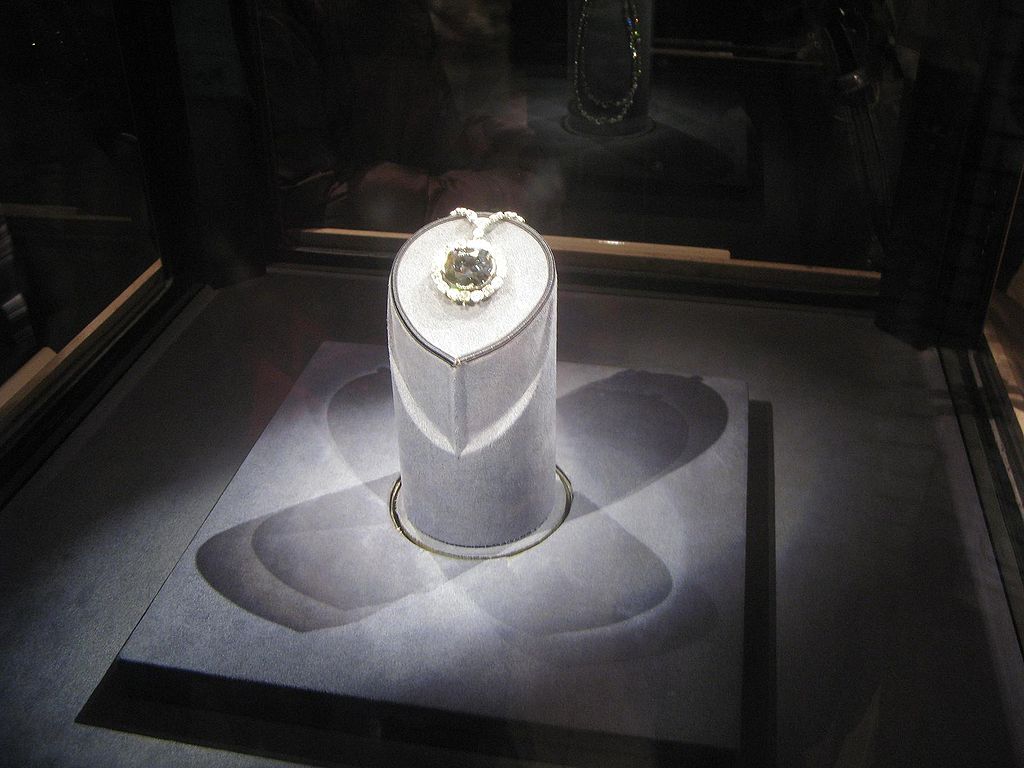
Table of Contents
The Hope Diamond is one of history’s most well-known diamonds and has been the subject of stories, myths, and superstitions. This 45.52-carat deep greyish-blue diamond has an exceptional physical combination and an unmatched history.
It has had interactions over the course of its long history with both the British King, King George IV, and the French monarchy, represented by Kings Louis XIV through XVI. Rich businessmen and some of the most well-known figures in the jewelry industry, including Pierre Cartier and Harry Winston, have possessed it. Today, the Hope Diamond resides in the Natural History Museum of the Smithsonian Institution. But what is most well-known about this diamond is not its rich history or its stunning appearance, but the curse that it’s said to hold. Let’s take a look at what exactly the curse of the Hope Diamond is and whether it’s myth or reality.
Origins of the Hope Diamond
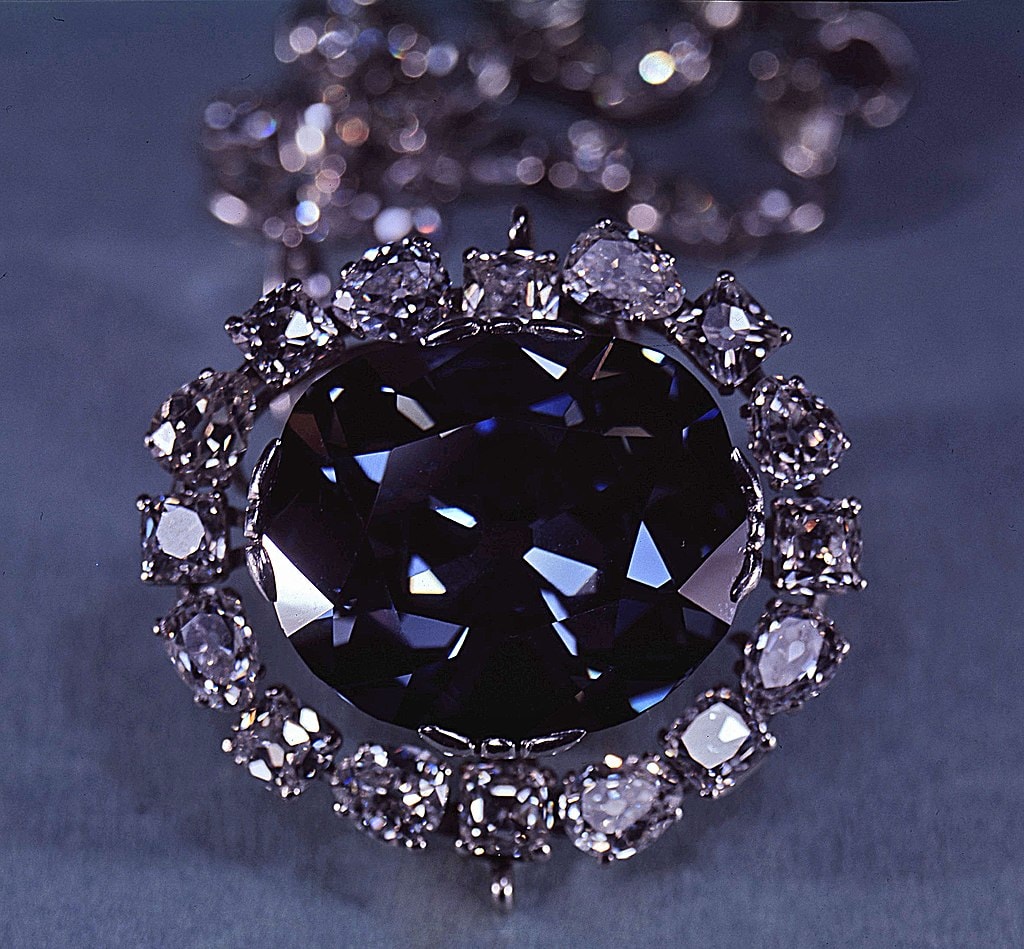
The 112 3/16-carat diamond that became known as the Hope Diamond was first acquired by the French merchant traveler Jean Baptiste Tavernier. Between around 1630 and 1670, he made six voyages to India. Dealers and traders from Portugal, France, the Netherlands, Germany, England, and other countries went initially to India to buy diamonds, but no one bought more jewels or struck better deals than Tavernier.
Tavernier met King Louis XIV of France at the freshly constructed Versailles chateau in 1668 following one of those journeys. The diamond was rather trapezoidal in shape and had a rough cut; it was most likely from the Kollur mine in Golconda, India. Tavernier referred to it as having a “beautiful violet” tint.
Along with 14 other sizable diamonds and numerous smaller ones, Tavernier sold the gem to King Louis XIV of France in 1668. The king’s artist produced a diagram of the diamond to document the purchase because a large, blue diamond like the Hope was extremely uncommon.
Sieur Pitau, the court jeweler, recut the stone in 1673, giving in a 67 1/8-carat stone. Its striking steely blue color was documented in the royal inventories, and the stone became known as the “French Blue” or the “Blue Diamond of the Crown.” The king would wear it when participating in formal events. It was set in gold and suspended from a neck ribbon. It is remarkably distinctive and lovely because of its excellent quality, size, and uncommon hue.
When Did the Hope Diamond Become Cursed?
The Hope diamond has piqued interest among people for generations, whether or not one believed in curses. Its fascinating past, which includes periods when it belonged to King Louis XIV, was stolen during the French Revolution, sold to pay for gambling, worn to generate money for charities, and was eventually presented to the Smithsonian, adds to its allure.
The Hope diamond is said to carry a curse that originally befell the huge, blue stone when it was stolen from an idol in India. This curse promised bad luck and death for the diamond’s owner and everyone who touched it.
Who Were the Victims of the Hope Diamond?
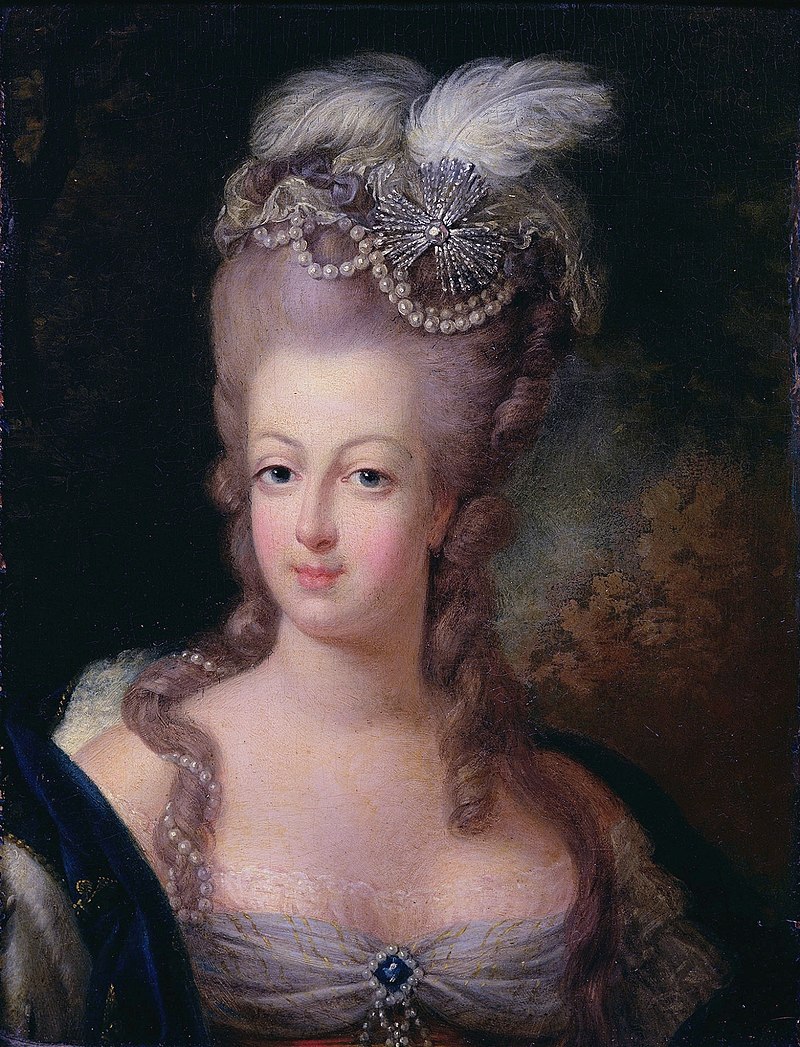
History shows that all who owned the Hope Diamond or were associated with it in some way or another had terrible misfortune in their lives after their interaction with the diamond. Many of these stories could just be coincidences or natural events for the times in which they occurred. However, because there have been so many of these tales, over time, they’ve associated the Hope Diamond with all things negative.
1. Tavernier, Jean-Baptiste
History has it that French gem merchant, Jean-Baptiste Tavernier, died after contracting a severe fever shortly after stealing the diamond, and his body may have been eaten by wolves. However, according to other stories, he lived to the ripe old age of 84.
2. King Louis XIV
The stone was purchased from Tavernier and recut in 1673 by King Louis XIV. The “French Blue” and “Blue Diamond of the Crown” were the names given to it at the time. With the exception of one, all of King Louis’ legitimate children died in their childhood, before his gangrene-related death (albeit this wasn’t unusual in those days).
3. Nicholas Fouquet
The diamond is supposed to have been worn by Nicholas Fouquet, a courtier to King Louis XIV, on a special occasion. Unfortunately, he soon lost the king’s favor and was exiled from France as a result. The king later commuted this punishment to life in prison, so Fouquet was imprisoned in Pignerol for 15 years. Though other versions deny it, some individuals think he was the true Man in the Iron Mask.
4. The Princess de Lamballe, Marie-Louise
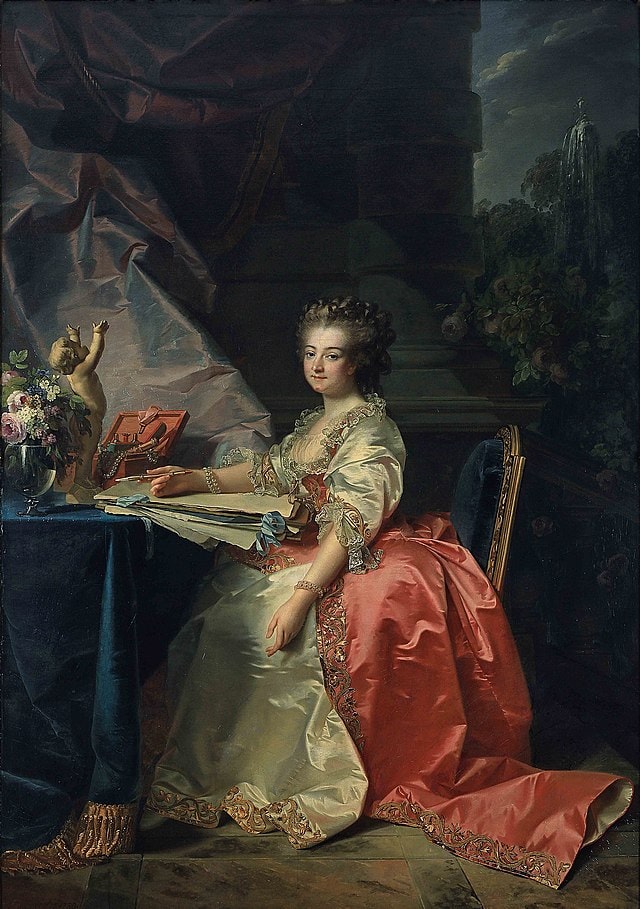
Marie-Louise, Princess de Lamballe, was Marie Antoinette’s closest confidante and a member of her court. She was brutally murdered by a mob, allegedly being struck with a hammer, stripped, decapitated, and disemboweled, among other things. Her head was carried to Marie Antoinette’s jail window, impaled on a pike.
5. Wilhelm Fals
The diamond was once more recut by a Dutch jeweler named Wilhelm Fals. But he too met a tragic fate as his son killed him before committing suicide.
6. Simon Maoncharides
Simon Maoncharides, a Greek businessman, also owned the diamond at a point. He killed himself, his wife, and his child by driving his car off a cliff.
7. James Todd
Following the delivery of the diamond to the Smithsonian, James Todd, a mailman, reportedly had his leg crushed in a vehicle accident. In a different incident, he also had a brain injury, and his home was destroyed by fire.
8. Evalyn Walsh McLean
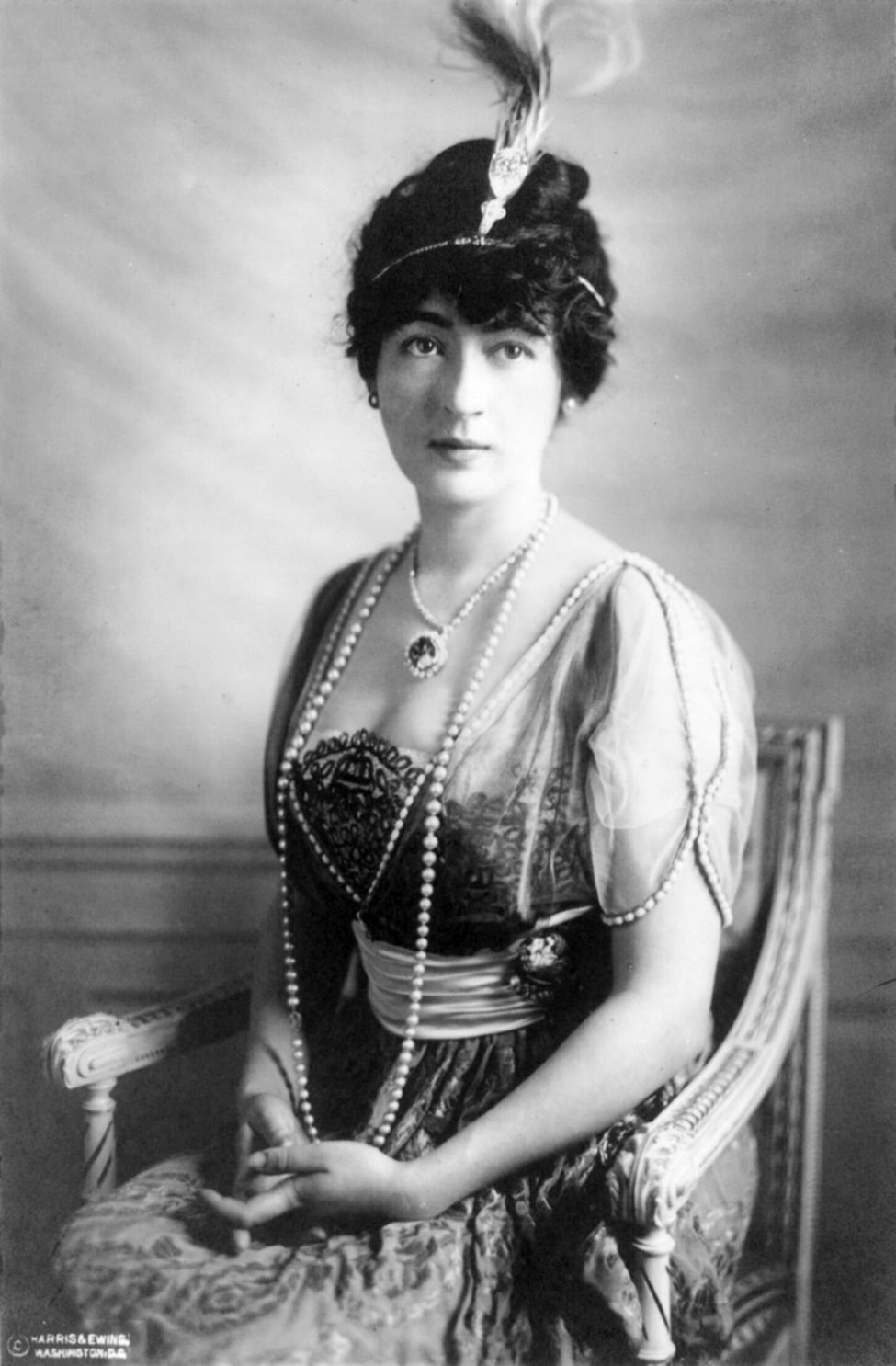
Before purchasing the Hope Diamond, Evalyn Walsh McLean was a spoilt heiress who led a charmed life. There are even rumors that she would attach the diamond to her dog’s collar and let him go around the apartment wearing it.
Wearing the Hope Diamond, however, came at a high cost. Her mother-in-law passed away first, then her son passed away at the age of nine, her husband left her for another woman and later passed away in a mental hospital, and her daughter died of a drug overdose at age 25. She had to sell The Washington Post, and she eventually passed away with enormous debts.
9. Antoinette Marie
Marie frequently wore the Hope Diamond, formerly known as the French Blue. Just like her husband, Loius XVI, her countrymen brutally killed her.
How Much is the Hope Diamond Worth Today?
Although it is impossible to determine the Hope diamond’s exact value, it’s believed to be between $200 and $250 million, but some people think it is more like $350 million. This puts it in a respectable third position among the world’s priciest diamonds.
Where is the Hope Diamond Today?
The Hope Diamond is now a centerpiece of the Smithsonian’s newly renovated Harry Winston Gallery, where it delights and intrigues millions of people every year. The Smithsonian Institution displays the Hope diamond in a glass cabinet. One can go to admire a chain containing 45 colorless diamonds with a famous Hope as a central pendant stone surrounded by sixteen smaller diamonds.
FAQs of the Hope Diamond
Q: Where was Hope Diamond mined?
A: It is believed that the diamond was mined from Kollur Mine, located in Andhra Pradesh’s Gutur district in India.
Q: Is the Hope Diamond cursed in any way?
A: Since the Hope Diamond was taken from an Indian Sita idol, it is believed to be cursed. Everyone who has been involved with the diamond has suffered terrible death and/or ill luck.
Q: Where is the Hope Diamond right now?
A: The Hope Diamond is presently exhibited in the Smithsonian’s newly renovated Harry Winston Gallery.
Q: How much would the Hope Diamond be worth in 2022?
A: The Hope Diamond is currently valued at well over 350 million dollars.
Q: Why is it called ‘Hope Diamond’?
A: One of the heirs to the banking company Hope & Co., Henry Philip Hope had the blue diamond by 1839 or probably even earlier. Thus, the diamond was named after him and his family. He was a collector of beautiful art and diamonds.
Q: Who donated the Hope Diamond to Smithsonian Institution?
A: Harry Winston gave the Hope diamond to the Smithsonian Institution.
Is the Curse of the Hope Diamond a Myth?
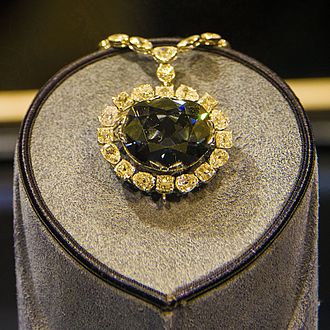
The earliest reports of the Hope Diamond’s curse appeared in the financial pages of the New York Times in 1908, with the newspaper claiming that the diamond was to blame for the failure of Joseph Frankel’s bankruptcy. Frankel was the owner of the Hope Diamond at that point.
Other publications in Washington and London expanded on the story, speaking of the evil effects and strength of the enigmatic rays that emitted beneath the brilliant surface of the diamond and unleashed evil upon those who owned it. The executions of Louis XVI and Marie Antoinette, Hope’s bankruptcy and divorce, and Frankel’s collapse were all blamed on the blue diamond’s malicious power.
In recent times, after numerous scientific research, it has been said that the curse of the Hope Diamond is nothing but a myth.
Presently, the Hope Diamond can be found at the Smithsonian National Museum of Natural History, where it is on exhibition. No one at the Smithsonian Museum has actually experienced anything evil as a result of the presence of Hope Diamond.
Richard Kurin, the Smithsonian Institute’s Under Secretary for History, Art, and Culture, stated in the documentary that there is no evidence of the curse prior to the time it was purchased by the legendary Pierre Cartier in or around 1909. The French jeweler scion was a brilliant humanitarian, visionary, and aesthete, but it also appears that he was a fabulist.
Kurin’s opinions on the circumstance were stated in the documentary’s voiceover. He stated that the curse was made up. The idea was Pierre Cartier’s, who made up the most fantastical tales to pique Evalyn Walsh McLean’s interest in the diamond. The Hope Diamond gained legendary mystique as a result of Cartier’s masterful marketing strategy, making it one of the most priceless artifacts ever.
On the same note, according to curator Jeff Post, since the Hope Diamond’s arrival, the National Gem Collection has progressively increased in size and stature and is now widely regarded as the world’s best public gem exhibition. He further noted that the Hope Diamond has undoubtedly brought luck to the Smithsonian.
Winston’s philanthropic interests have resulted in enormous donations. Mrs. John Logan gave the 423-carat Logan Sapphire after Winston. The 31-carat Blue Heart Diamond and the Napoleon necklace were gifts from Marjorie Merriweather Post. The 68-carat Victoria Transvaal diamond was donated by Leonard and Victoria Wilkinson; Janet Annenberg Hooker offered a sizable emerald, and a collection of yellow diamonds, among others, are seemingly the good luck the diamond has brought.
Essentially, many people have dismissed the idea of a curse. Notwithstanding the fact that James Todd, the postman who delivered the package, suffered a series of misfortunes in the months that followed: his wife perished, his leg was crushed, his dog was strangled, and his home was destroyed by fire, many rebut the fact that the curse was the cause.
Through extensive study at the Smithsonian, it can be said that the curse myth was made up, a modern folktale devised by French jeweler, Pierre Cartier, in Paris in 1910 to lure Evalyn Walsh McLean to acquire the diamond.
Wrapping Up
Historical information has it that Hope Diamond was cursed and that possessing it amounts to ill luck. However, this has been consistently rebutted by many present-day scientists who believe that the curse remains a myth and nothing more. Still, this doesn’t take away from the allure and mystery of the Hope Diamond as a cursed stone with a past associated with tragedies.


